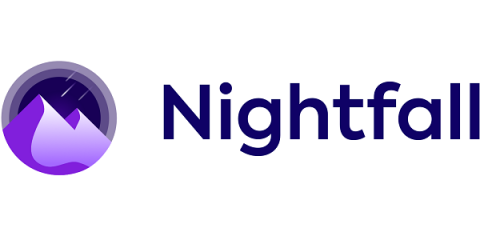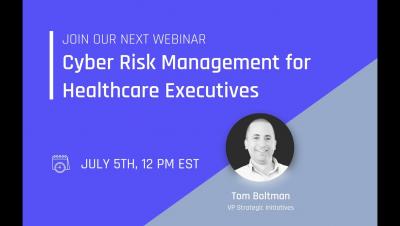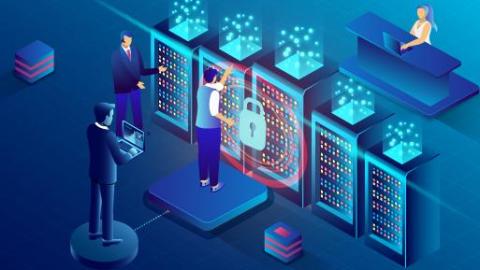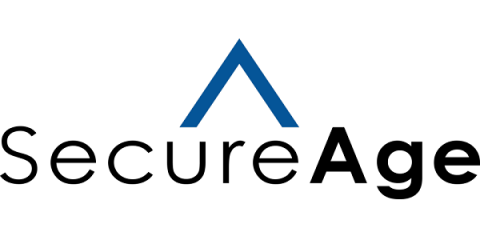Security | Threat Detection | Cyberattacks | DevSecOps | Compliance
Healthcare
HIPAA for Dummies: The Ultimate HIPAA Security and Compliance FAQ
Building a HIPAA-compliant security program is a very time intensive and demanding undertaking. It can also be confusing, as satisfying requirements like the HIPAA Security Rule require extensive interpretation and documentation on the part of security professionals. However, by arming yourself with knowledge before beginning the process, you can cut down on unnecessary difficulties.
HIPAA Compliance & The Security Rule
Within the HIPAA Security Rule are Administrative, Physical, and Technical Safeguards. These safeguards are as important to understand as they are to implement, so let’s get some clarifications for the non-initiated.
Protecting Sensitive and Regulated Data in University and Government Healthcare Systems Requires a Unified Approach
Cyberattacks targeting university and government healthcare facilities are on the rise. In the first four months of 2021, the U.S. Department of Health and Human Services’ Health Sector Cybersecurity Coordination Center tracked a total of 82 ransomware incidents targeting the healthcare sector, with nearly 60% of them affecting the U.S. market. The impact has been devastating.
HIPAA Compliance: 5 Healthcare Cyber Security Vulnerabilities
The world of healthcare has gone digital. Records can now be transferred anywhere they are needed, from hospital to hospital, or even directly to the patient’s email inbox. While the digitalization of healthcare records is extremely convenient but it is now equally dangerous. These sensitive PHI data are exposed to various forms of cyber threats and vulnerabilities.
The safest data security approach for the healthcare industry
If you’re looking for a reason to make protecting legacy systems a priority for your healthcare organization, we’ve got 9.23 million for you. That’s the total number of US dollars lost by the healthcare sector to data breaches alone in 2021– and that number is increasing year on year. In fact, the healthcare sector has been the target of the costliest data breaches of all sectors – including financial, technology, and services – for 11 years.
Top 5 Risks Affecting the Healthcare Industry
What Are the Four Main HIPAA Rules?
Is my business email HIPAA compliant?
According to a report published by the FBI Internet Crime Complaint Center (IC3), losses resulting from attacks against business emails are 64 times more damaging than ransomware when measured by dollar amount losses. Phishing and email data breaches can be particularly damaging in the health sector. Regulatory authorities and oversight bodies are incredibly stringent when enforcing compliance measures designed to protect sensitive medical and patient data.










